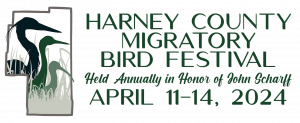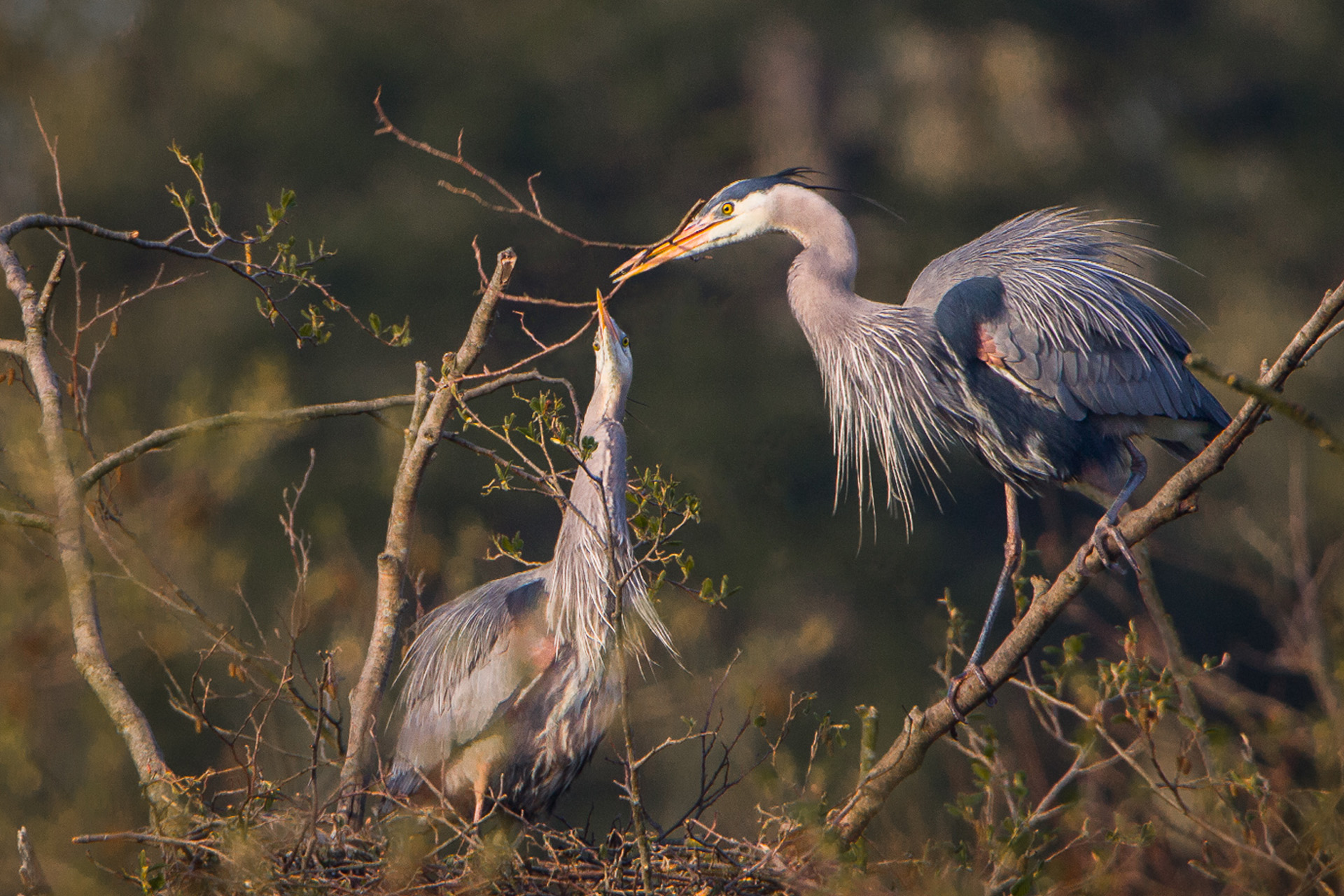Thanks to the Wings Over Water Festival for this great information!
The welfare of birds must come first. Bird-watchers / photographers should have no impact on birds. Respect birds’ territories…keep a reasonable distance.
Do not flush birds or try to make them fly.

BIRDING ETIQUETTE
Using recorded calls to attract birds stops them from important
activities like feeding. Playback to attract a species during its breeding
season is especially harmful.
Just use your eyes and binoculars/spotting scopes. Laser pointers,
flashlights and spotlights are stressful to birds, as is flash photography.
Sit or crouch so that you appear smaller, and keep movements slow and steady.
Only handle birds, nests, and eggs for recognized, sanctioned research purposes.
Keep dogs on a leash, unless in off-leash areas. Clean up dog waste and keep dogs from chasing birds.
It’s unsafe to stop your vehicle in a traffic lane. Always pull completely onto the road shoulder to view birds and if there’s no shoulder, move on. Turn on hazard lights when slowing and/or stopped. Safety first, binoculars second!
Respect private property; Ask permission before entering private property.
Follow rules and regulations of public areas.
Practice common courtesy when interacting with others. Avoid behavior that may distract other birders.
Observe in the natural habitat. Don’t move dead branches, brush or tree limbs to see birds more clearly.
Use trails to avoid tramping vegetation. Leave nothing behind but footprints.
WHERE TO GO
The annual spring migration along the Pacific Flyway passes right through our area, providing over 100 migrant bird species for the watchful eye. At times the sky may turn white with over 30,000 Snow and Ross’ Geese moving across the basin. Here are some insider tips on where to explore and what you might see on BLM-managed lands in Harney County.
– Sagehen Rest Area on Highway 20 West – Here, there is a short hiking trail in upland sagebrush and juniper habitat. Various sparrows, raptors, songbirds, and shrikes are a few species commonly found in the area. Western and Mountain Bluebirds nest here as well. If you’re lucky, you may even spot some wild horses from the Palomino Buttes Herd Management Area nearby.
– Page Springs Campground at the base of Steens Mountain – Two hiking trails and the Donner und Blizten River provide varying habitats with riparian areas, willow, alder, cottonwood and juniper trees, wetlands, cliffs, open water, and sagebrush slopes. You’ll find numerous waterfowl, waterbirds, wrens, sparrows, owls, songbirds, raptors and quail in this beautiful and diverse setting.
LOCAL BIRDING
QUICK LINKS
– Chickahominy Reservoir on Highway 20 West and Mann Lake along the East Steens Road – Two totally opposite corners of Harney County, but both with open water and low sagebrush, excellent for waterfowl, water birds, songbirds, raptors and shorebirds. You might see deer and antelope, too! It can be windy at these sites, so plan accordingly.
– Diamond Craters Outstanding Natural Area near the town of Diamond – Sagebrush, cliffs, and native grasslands bring in the raptors and songbirds. Owls, hawks and eagles nest on the edges of the crater walls and bobcats are often seen in the area. Deer and antelope may catch your eye on the grassy slopes.
– Fields, Oregon area – A few different habitats exist in this area. There are the Willow, Cottonwood and Arizona Canyons south of the community that have small streams with riparian areas and juniper and sagebrush slopes. Old growth willow habitat is nearby as well. With moderate exploring, you’ll find Greater Sage-grouse, songbirds, owls, and raptors.
– Mickey Hot Springs on the east side of Steens Mountain – Alkali flats, sagebrush, and greasewood are home to shrikes, shorebirds, and sparrows in the area. Antelope, deer and bighorn sheep may be found but can be hard to spot in this wide-open country. Walk carefully around the pools at Mickey Hot Springs. They are too dangerously hot for soaking!
– Alvord Desert (utilize the Frog Springs access point just 3 miles south of Alvord Hot Springs) – Wetlands and seeps attract shorebirds, waterfowl and other waterbirds while golden eagles soar along the eastern edge of Steens Mountain. Explore cautiously and avoid any area with even small amounts of moisture. It is very easy to get stuck in the moist desert clay.
– Pike Creek Canyon on the east side of Steens Mountain – Steep canyons, cliffs, sagebrush, and cottonwood trees are home to numerous songbirds, swifts and wrens. You might get a closer look at Bighorn sheep around here, too. Pay close attention to access in this area – follow parking signs and stay on public land.
Keep in mind these are just a few of the many areas in Harney County where you can bird to your heart’s content. Malheur National Wildlife Refuge and U.S. Forest Service-managed lands are also incredible places for birding and outdoor recreation, and there is terrific bird-watching on private lands across the entire area – view from distance or get landowner permission before accessing public land.
Know before you go: Travel with a current map of the area and always plan ahead – distances between food, fuel, and restrooms may be long and unforgiving. Ticks and early rattlesnakes may be out – look before you step and check for wanderers on your clothes and skin upon return from the day. Weather and road conditions can change suddenly – be prepared for varying environments.


